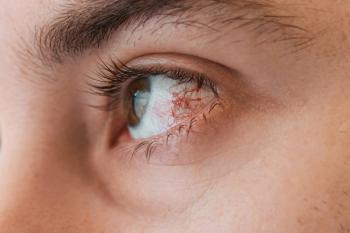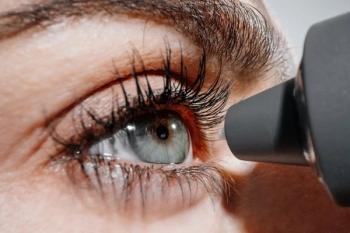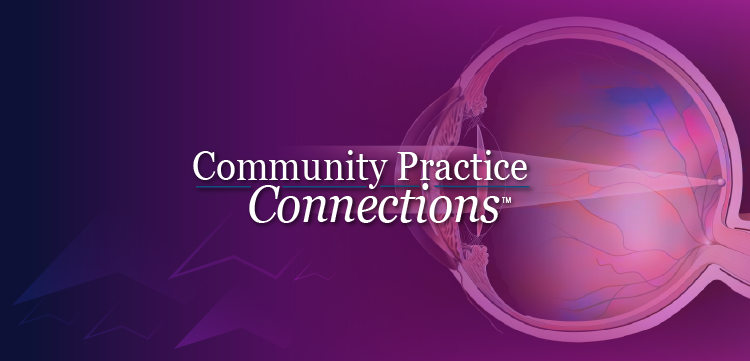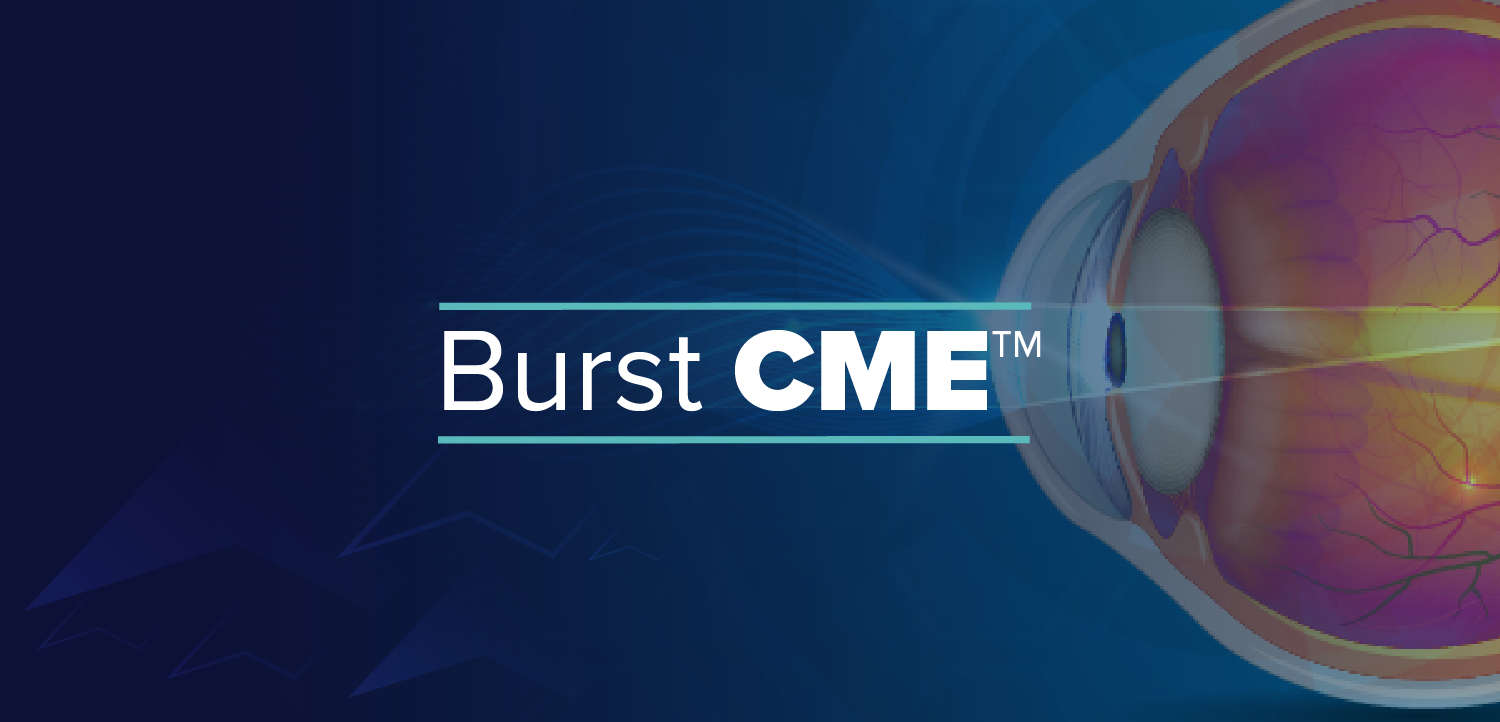
Vision-based testing vital for concussion screening
During the American Academy of Optometry's Academy 2014, concussion experts discussed the need for-and progress toward-user-friendly diagnostic tools for protecting athletes of all ages, and the key role of visual testing therein.
Denver-During the American Academy of Optometry's Academy 2014,
"We're all looking for surrogate biomarkers for chronic traumatic encephalopathy (CTE). It's a little too late to be exploring the brain on the autopsy table to determine if there's a problem," says Leonard V. Messner, OD, vice president for patient care services, Illinois College of Optometry, and Executive Director, Illinois Eye Institute.
"Youth athletes lack the presence of clinicians and trainers with the ability to detect and intervene on their behalf on the sidelines,” says Danielle Leong, OD, senior director of research, King-Devick Test. “This underscores the need for a highly predictive test that can be performed by laypersons to limit the deleterious impact of repeated impacts to the head."
In this regard, the King-Devick test uses a system of four cards and rapid number naming to gauge the subject's speed and accuracy versus baseline.
Dr. Leong
"When we think about vision and concussion," says Dr. Messner, "we know that the frontal lobe-specifically the dorsolateral prefrontal cortex-is where saccades are generated. This is also where short-term spatial memory (resides)."
The anterior corona radiata and the genu of the corpus callosum are essentially where pursuits and visual tracking originate, as well as providing a base for neurocognitive function, he added. The brainstem and cerebellar basal ganglia coordinate eye movements. "All parts of the brain are damaged by concussions; all parts of the brain are related to vision and visual function."
Panelists also dispelled many concussion-related myths. For example, Dr. Messner says that in comparison with adults, "We used to think we didn't have to worry so much about
Somewhat similarly, he said that behind the boys' football, women's soccer is the second-leading cause of athletic concussions because females have lighter neck musculature than males. Addressing another misconception, Dr. Messner said that fewer than 10 percent of concussions involve loss of consciousness.
Newsletter
Want more insights like this? Subscribe to Optometry Times and get clinical pearls and practice tips delivered straight to your inbox.



















































.png)


